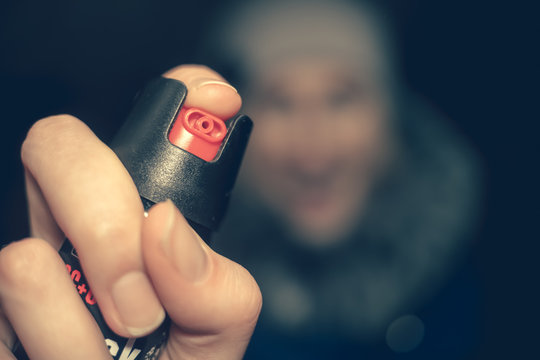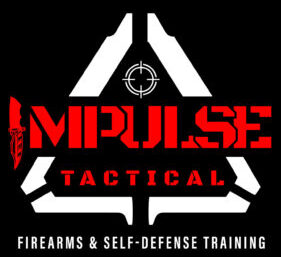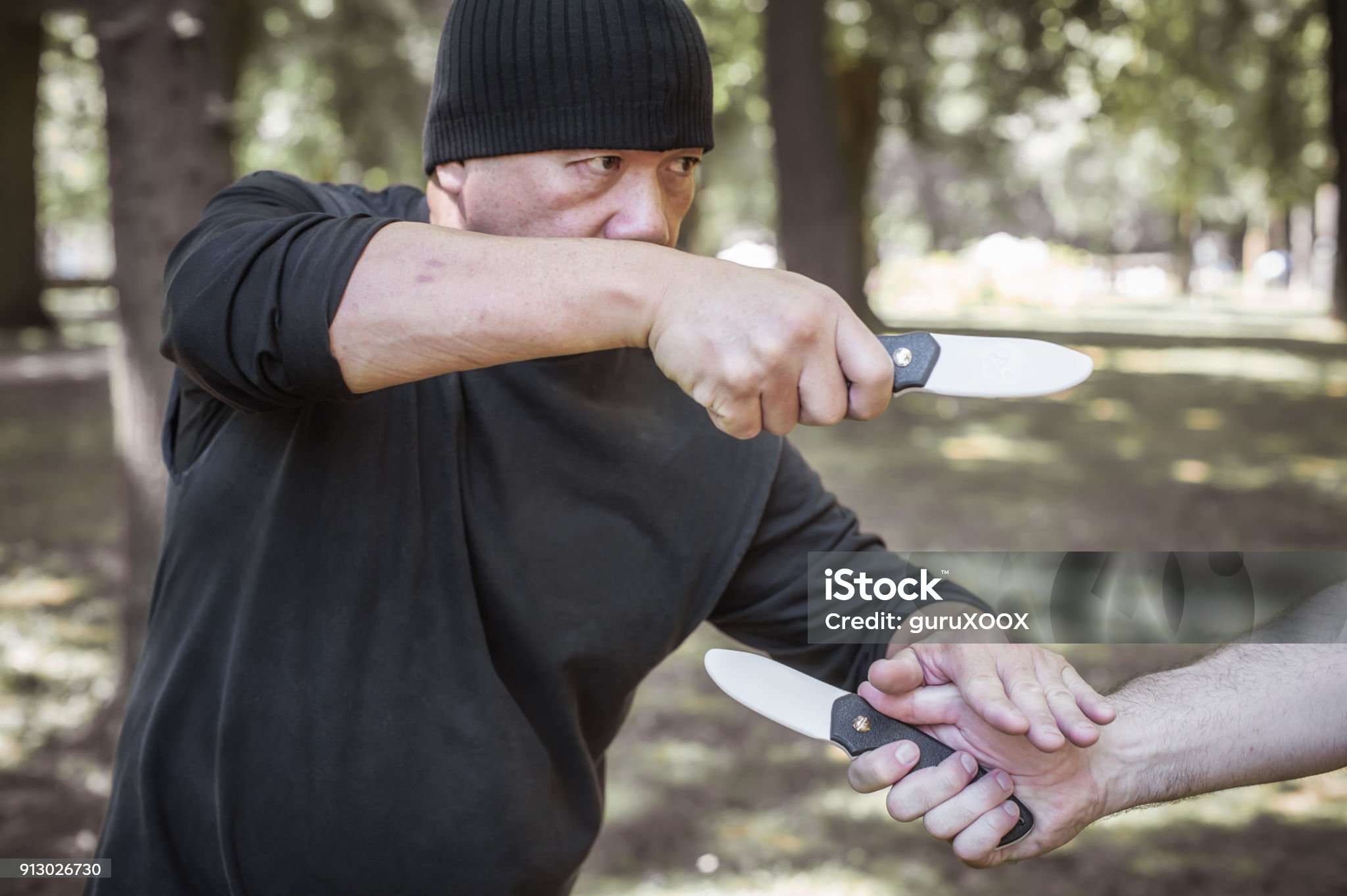There are common signs that will indicate when someone is likely going to attack you. Paying attention to visual and audible cues and maintain situational awareness is the key to protecting yourself. Do NOT ignore these indicators. Even if you are wrong about them, at least you will have stayed safe. BUT if you are correct and choose to ignore them, you WILL pay for your ignorance.
How will I know if someone is about to attack me?

What is the MOST important aspect of preventing an attack from affecting you?
DISTANCE. Being too close to an attacker reduces your reaction time and makes the likelihood of being hit, stabbed, grabbed, taken-down, or shot very high. The further from the threat you are, the safer you are. It’s incredibly simple. With more distance comes the ability to react more appropriately to whatever they attempt. When in a situation with anyone who is potentially hostile, distance is king. The opposite is also true. If you want to be the attacker, you must “close the gap”. At such a close range, typically whoever lands the first surprise attack will dominate.
What are the signs of a pending attack?
If you cannot get to a safe distance or you are still assessing the situation, you’ll want to take note of the mannerisms they begin to display. Once you see one, it’s likely you will see others. The keys to attacking effectively are the element of surprise and intimidation. But you may definitely meet an aggressive person willing to just “jump into it”. Impulse Tactical Self-defense courses prepare you for just that scenario. Prevention is not always viable, so we teach you how to neutralize these scenarios to mitigate damage and survive.

What are the pre-attack indicators?
Pre-attack indicators are behavioral cues or signs that may precede a physical assault or threatening encounter. Recognizing these indicators can provide valuable warning signals and enable individuals to take preventive action or prepare for potential self-defense situations. Here’s a list of pre-attack indicators:
- Aggressive Posturing: Aggressive body language such as clenched fists, puffed-up chest, or an aggressive stance can indicate hostile intentions.
- Intense Staring: Prolonged or intense staring, particularly with narrowed eyes or a fixed gaze, may signal potential aggression or a readiness to initiate an attack.
- Verbal Threats: Threatening language, insults, or hostile comments directed towards you or others can indicate escalating aggression.
- Invasion of Personal Space: Encroachment into your personal space, such as standing too close or blocking your path, may be a precursor to a physical confrontation.
- Unpredictable Behavior: Erratic or unpredictable behavior, including sudden changes in mood, agitation, or irrational movements, can suggest potential danger.
- Weapon Display: The display or brandishing of weapons, such as a knife, gun, or improvised weapon, is a clear indicator of imminent threat.
- Physical Signs of Agitation: Visible signs of agitation or nervousness, such as pacing, fidgeting, or clenched jaw, may indicate heightened emotional arousal and potential aggression.
- Preparation Movements: Suspicious movements suggesting preparation for an attack, such as reaching into pockets, adjusting clothing, or adopting a fighting stance, should be noted.
- Gang Mentality: Group dynamics characterized by aggressive posturing, verbal taunting, or attempts to intimidate can signal an increased risk of violence.
- Blocking Exits: Deliberate actions to block or restrict your ability to leave an area or escape can indicate hostile intent and should be taken seriously.
- Flanking Maneuvers: Covert attempts to position themselves strategically around you, such as moving to your blind spots or surrounding you, may precede an attack.
- Sudden Changes in Behavior: Abrupt changes in behavior, such as becoming overly friendly after initial hostility or attempting to lure you into a secluded area, can be red flags.
- Target Assessment: Signs of sizing you up or assessing your vulnerability, such as scanning your body, observing your movements, or making note of valuables, may precede a robbery or assault.
- Aggressive Gestures: Gestures indicating readiness to strike, such as raised fists, finger-pointing, or gesturing towards concealed weapons, are clear indicators of imminent danger.
- Facial Expressions: Hostile or predatory facial expressions, such as a clenched jaw, narrowed eyes, or a predatory grin, can signal impending aggression.
Recognizing these pre-attack indicators requires heightened situational awareness and the ability to trust your instincts. If you observe one or more of these indicators, it’s important to take immediate action to remove yourself from the situation if possible or prepare to defend yourself if necessary.

